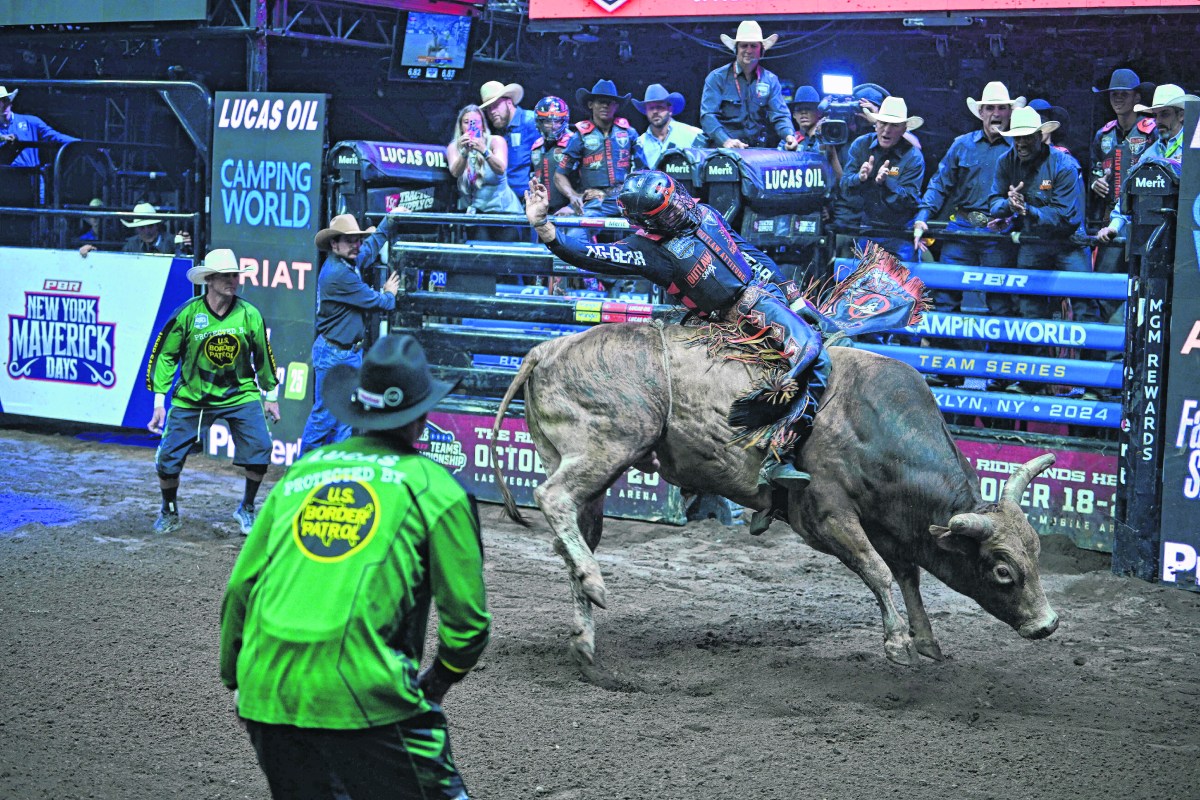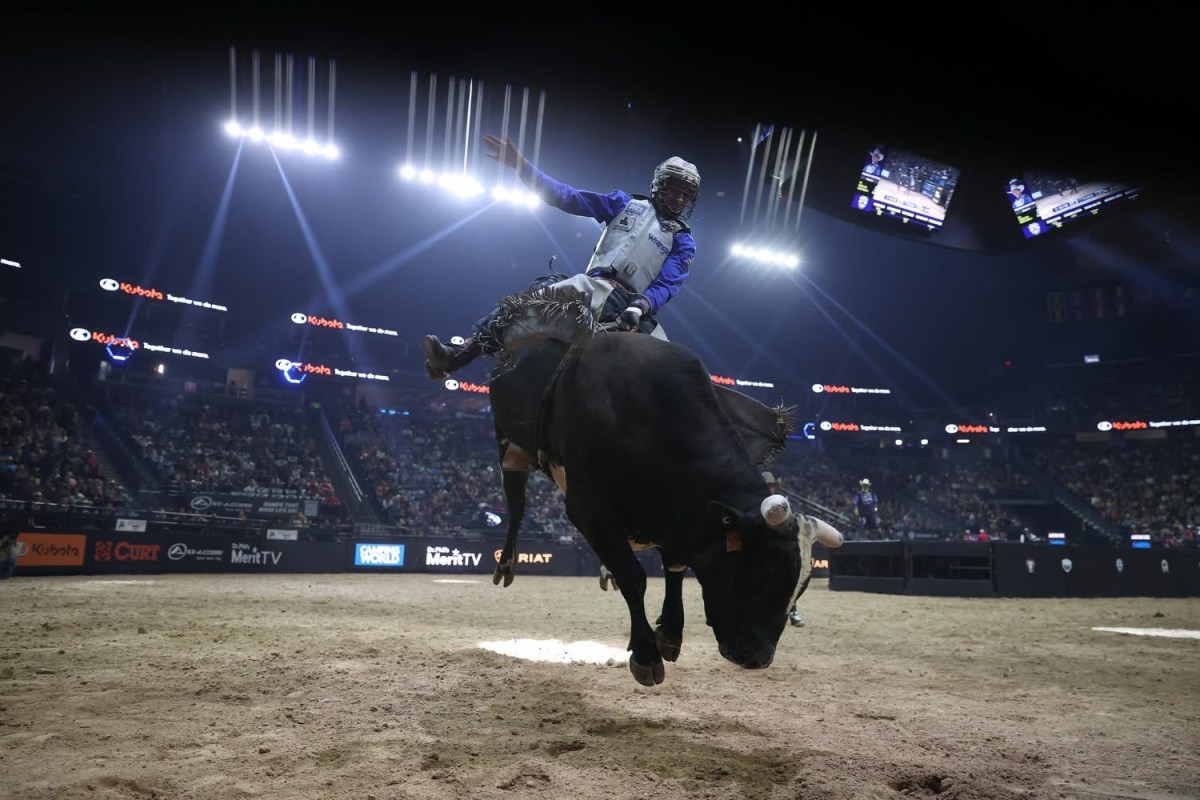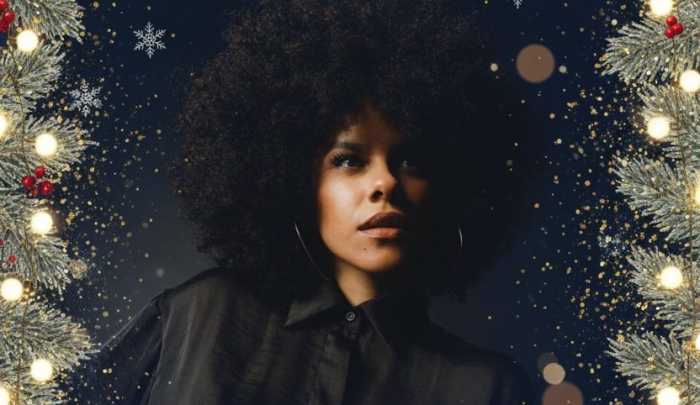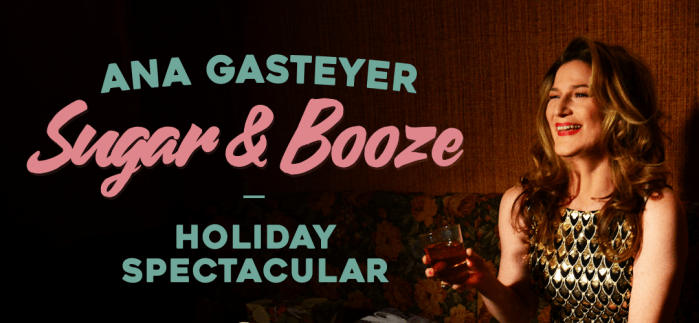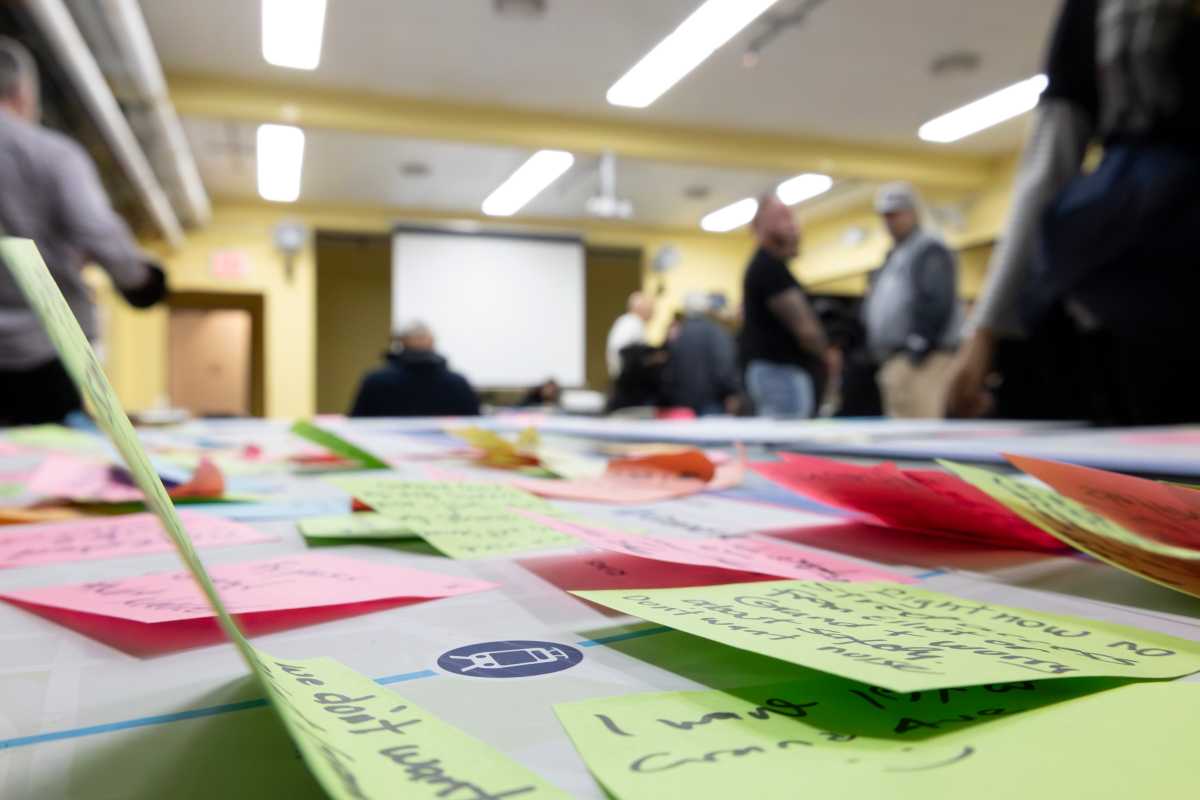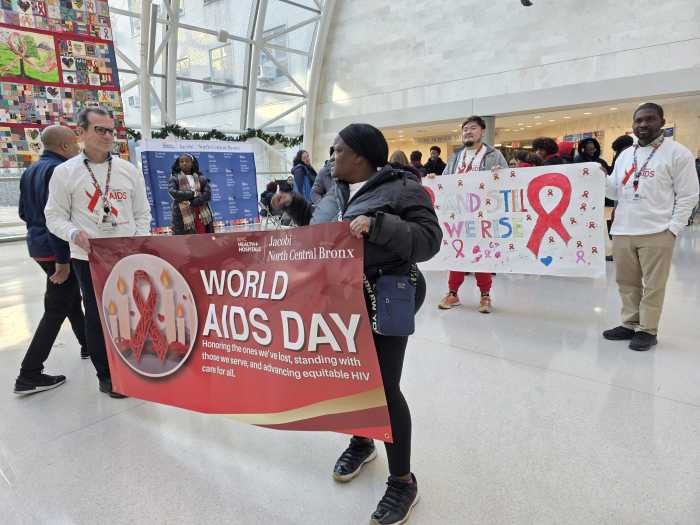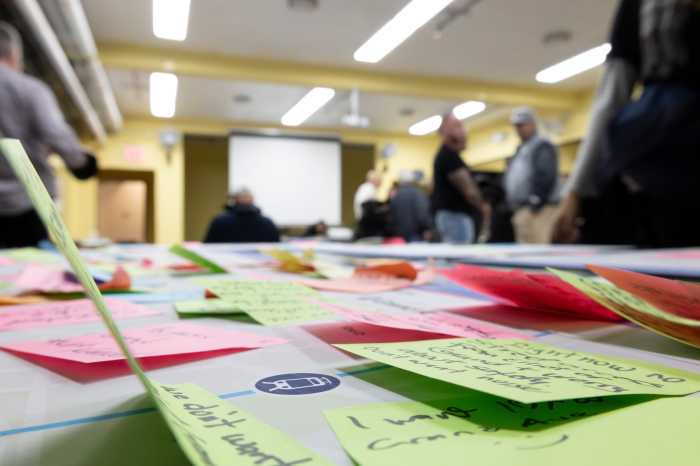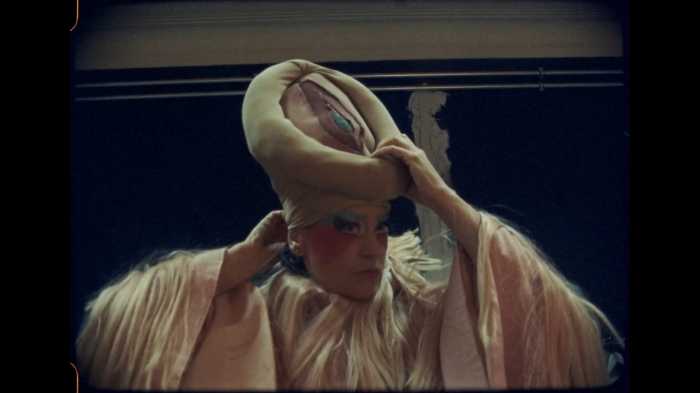Professional bull riding isn’t often synonymous with New York City, but a bit of Western culture is making its way back to the Empire State this coming fall.
amNewYork spent 48 hours with the New York Mavericks, New York’s first pro bull riding team, learning about the ins and outs of professional bull riding as they gear up for their upcoming season. This is what we learned.
Meet the team
The New York Mavericks first hit the Professional Bull Riders (PBR) league last year, taking on the moniker of the “Concrete Cowboys” as they made their debut at the Barclays Center. This season, the team is moving over Long Island’s UBS Arena, but they aren’t losing that New York cowboy swagger.
Led by Head Coach Kody Lostroh and General Manager Chris Pantani, the team includes Caden Bunch, Mason Taylor, Ayden Dale, Hudson Bolton, Leonardo Castro, Marco Rizzo, Trey Holston, Leandro Zampollo, Romario Leite, and Mauricio Moreira. Our two days with the team included getting to know each other through experiences like getting drinks at the Cowboy Channel bar, enjoying a classic bull-riding movie at The Worthington Hotel’s Rooftop Cinema Club, dinner at Riscky’s Steakhouse, getting for our own cowboy swag from the Best Hat Store, Wrangler, Tecovas and Brunt Workwear.

A PBR event, as the name suggests, features bull riding as the main event. The goal is to stay on the bull for eight seconds with one hand on the rope and one hand in the air, because if you don’t last, you don’t get a score. Those who make it to the eight seconds get a score out of 100.
The winner of each game is the team with the most points – tallied up from qualified 8-second rides in each five-on-five matchup. The 35-game season is all about wins and losses, which determine each team’s playoff seedings in Las Vegas for the annual championship in October.
To ride a bull, you have to train harder than you think
On day one, amNewYork had the opportunity to watch the team start training for the upcoming PBR season. With all the guys gathered around, their personal trainer got them immediately started on agility workouts.
When you’re going up against a huge bull, training is absolutely essential to the rider. According to Lostroh, bull riding tends to favor those with a smaller build.
“Bull riders need to train to be successful in the sport; to what extent they do it is up to them,” said Lostroh. “You’re never gonna be bigger and stronger than a bucking bull, so what these guys have on their side is speed and agility. So that’s what they need to work on, and the quicker and faster and more agile you can be, the more success you’ll have.”

Regardless of their size, as a coach Lostroh is looking for bull riders who are willing to put in the work.
“What I’m looking for in the riders is a lot of different things, but mainly, they really like to ride bulls and are very, very tough, very gritty because that’s important. What I’m looking for from them is just putting in the work,” said Lostroh. “Anybody can do the sport and do it at a high level if they put in the work, not only physically but mentally.”
“Obviously, there’s a danger aspect, but there’s a lot of other dangerous things out there,” said Holston. “But the truth is we have a lot of fundamentals that help us be as safe as we can and do our best to ride the bull for eight seconds.”
Why are we hopping on bulls, and why are we watching it?
We were at The Best Hat Store getting fitted for custom cowboy hats when a question hit me: why would anyone want to get on a bull in the first place?
For some, they can’t really explain what the appeal is. Coach Lostroh, who spent several years as a professional bull rider before becoming a coach, told amNewYork that for him, the appeal was simply that it looked fun.
“You know, I’m not sure what makes a guy wanna get on a bull. It was attractive to me as a young kid because it just looked like a lot of fun, but I think it’s the challenge of doing something that’s very, very difficult and your everything in your body tells you is crazy, but being able to do that successfully, there’s there’s no other feeling like it,” said Lostroh.
The riders’ stories are similar: they fell in love with the sport after trying it out on a smaller scale.

“It was my best friend, he did bull riding. I went to a practice pen with him and did it. [I] fell in love with it from there,” said Dale.
“[Former pro bull rider] Tuff Hedeman used to put on a bull ride every year around my house and me and my brother [sic] would go to it,” said Bolton. “I found a little local rodeo and I got on my first mini bull. Ever since then, I got hooked off of it.”
“I didn’t grow up around a rodeo family, I’m first generation, I just grew up on a farm. I went down to a local rodeo, I got on a sheep and fell in love with it,” said Bunch.
“I started riding bulls at a very young age. At 3 and 4, I started riding sheep. My dad taught me, he really loved the sport,” said Holston. “He poured a lot into me, and I think it shows.”
“I fell in love with bull riding, in general, at a very young age. I started going when I was little,” said Rizzo. “When I noticed I was getting better at it, at a professional level, I was more addicted.”

For Pantani, the rising representation of Western culture in mainstream media is feeding into PBR’s growing audience.
“[It’s] the ‘Yellowstone’ effect. Everybody’s watched ‘Yellowstone.’ Everybody wants to be a cowboy now. Everybody’s going to Montana, to the Dakotas, to see these things,” said Pantani.
“I think the resurgence in bull riding and the Western culture and popularity really just has to do with the authenticity and down-to-earth nature that it encompasses,” said Lostroh. “It’s honest, hardworking people that are just like everybody else in everyday life, but they do something that’s really hard and really, really scary and it’s attractive to people. I think it’s inspiring that they see everyday people are just like you and me, and can go out and do something that’s really great.”
“New York’s just a good fan base. They really get into bull riding because it don’t [sic] come around much,” said Bolton. “When it does come around, they really get into it and really love the sport.”
“Coming from a small town in the southeast, it’s awesome, it’s a different feeling when you step foot in New York and you’ve got their name across your back,” said Rizzo. “New York’s been great, the crowd here is amazing. It’s just a different atmosphere, and I never thought I’d be riding bulls in New York. I love representing New York, it’s a town like no other.”

If you’re hurting the bull, you’re doing it wrong
On our second day with the team, they took amNewYork out to a practice pen to see how bull riders train on the bull.
In the PBR, there are strict safety precautions, not just for the riders, but also for the bulls. A common misconception in professional bull riding is that in order to make the bulls buck, you have to be tormenting them or hurting them in some kind of way, when that’s not the case in PBR.
“The biggest misconception about bull riding is that we force these bulls to do this and we’re mean to them to get them to do this. One of the biggest [misconceptions] is that we tie up their private parts to make them buck, and that’s 100% false,” said Lostroh. “Nothing is tied up. The flank strap (secured around the bull’s waist) is basically like a loose belt, and what it does is encourages them to kick it off. If you watch them extend their feet, they do that because they think that thing’s gonna fly off of them.”
“They’re bred to to buck that way, and I would say, I bet a lot of New Yorkers think the same thing, like ‘Oh, you’re somehow hurting the bulls,’ and it’s not, it’s just like they’re bred to buck that way,” said Matt Carbone, Senior Vice President at Avenue Capital Group, which works on the financial side of the New York Mavericks team.

There are also misconceptions about the bulls themselves, but in actuality, no two bulls are exactly alike.
“Another misconception is that there are left-handed or right-handed bulls. There’s bulls that are giant pets; you go up, you tap the gate, they come over, they wanna be scratched and petted,” said Pantani. “And there’s other bulls that wanna kill you, so they’re all over the place just like people. You like some, you don’t like some.”
In the league, the bulls are seen as athletes, just like the riders. They have their own names and stats, and specific bulls are bred to create bull athletes that are able to success in the support.
“There’s a score for the bull, the score for the rider. They get combined and that’s what that one score is, so both athletes have to perform,” said Pantani.
“They get scored and they have records, the tougher bulls get the higher scores, and those are the bulls that potentially can create the higher scores for our riders as well, but they’re also the bulls that have the better shot to buck these guys off,” said Lostroh. “So, strategy-wise, when I’m lining them up, it really has a lot to do with the rider and the bull if their styles fit, what direction a bull spins, what kind of experience the rider has, all that stuff.”

Get ready to ride
As the season unfolds, the team says that those who attend a PBR event, particularly the Mavericks’ homestead event this fall, are in for a high-energy and thrilling time.
“It’s going to be the most thrilling eight seconds you’ve ever watched,” said Dale.
“It’s crazy, it’s an adrenaline rush. You gotta see it for yourself to believe it,” said Bunch.
“Professional bull riding is crazy. You’re gonna see a lot of wrecks, you’re gonna see a lot of great rides,” said Rizzo. “It’s more than just eight seconds. The whole night is just action-packed, fun, loud music, fireworks — people are just having fun.”
Entering the 2025 season, which starts in July, the New York Mavericks will play 35 games, including the team’s annual homestand—Maverick Days—at UBS Arena in Belmont Park, NY, from Sept. 18-20, 2025. Action begins at 7:45 p.m. ET on Thursday, Sept. 18, and Friday, Sept. 19, and at 5:45 p.m. ET on Saturday, Sept. 20. Tickets for the event start at $25, taxes and fees not included. Tickets can be purchased online at Ticketmaster and PBR.com, or by phone at (917) 618-6100. For more information about the New York Mavericks, visit pbr.com/teams/new-york-mavericks, follow the New York Mavericks on Facebook, Instagram, and X @NY_Mavericks.
Additional reporting by Dylan Christie.

Also Read: https://www.amny.com/sports/nhl-hockey-fanatics-fest-6-26-25/





